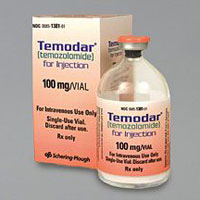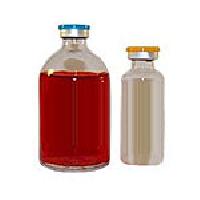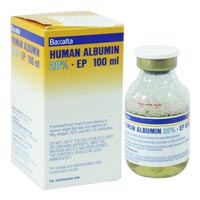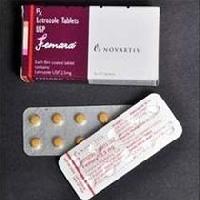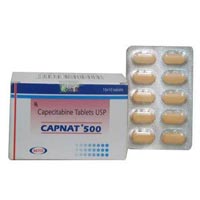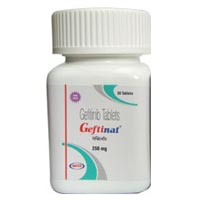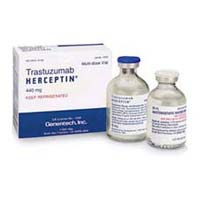Listing ID #1314551
Company Information
Ask for more detail from the seller
Contact Supplier| Generic Name | Gemcitabine |
|---|---|
| Brand Name | Celgem Injection |
| Strength Available | 200 MG. and 1 GM. |
| Packing | 1 Vial |
| Name of Company | Alkem Laboratories Ltd. |
| Classification | Antimetabolite |
| Mechanism of Action |
|
| Mechanism of Resistance |
|
| Absorption | Poor oral bioavailability as a result of extensive deamination within the GI tract. Administered by the IV route. |
| Distribution | With infusions < 70 minutes, drug is not extensively distributed. In contrast, with longer infusions, drug is slowly and widely distributed into body tissues. Does not cross the blood-brain barrier. Binding to plasma proteins is negligible. |
| Metabolism | Undergoes extensive metabolism by deaminalion to 2', 2'-difluorouridine (dFdU) with approximately >90% of drug being recovered in urine as the dFdU metabolite. Deamination occurs in liver, plasma, and peripheral tissues. The principal enzyme involved in drug catabolism is cytidine deaminase. The terminal elimination half-life is dependent on the infusion time. VWh short infusions < 70 minutes, the half-life ranges from 30 to 90 min, while for infusions> 70 minutes, the half-life is 4-10 hours. Plasma clearance is also dependent on gender and age. Clearance is 30% lower in women and in elderly patients. |
| Indications & Usage |
|
| Dosage Range |
|
| Drung Preparation |
|
| Drung Interaction |
|
| Special Considerations |
|
| Toxicity |
|


